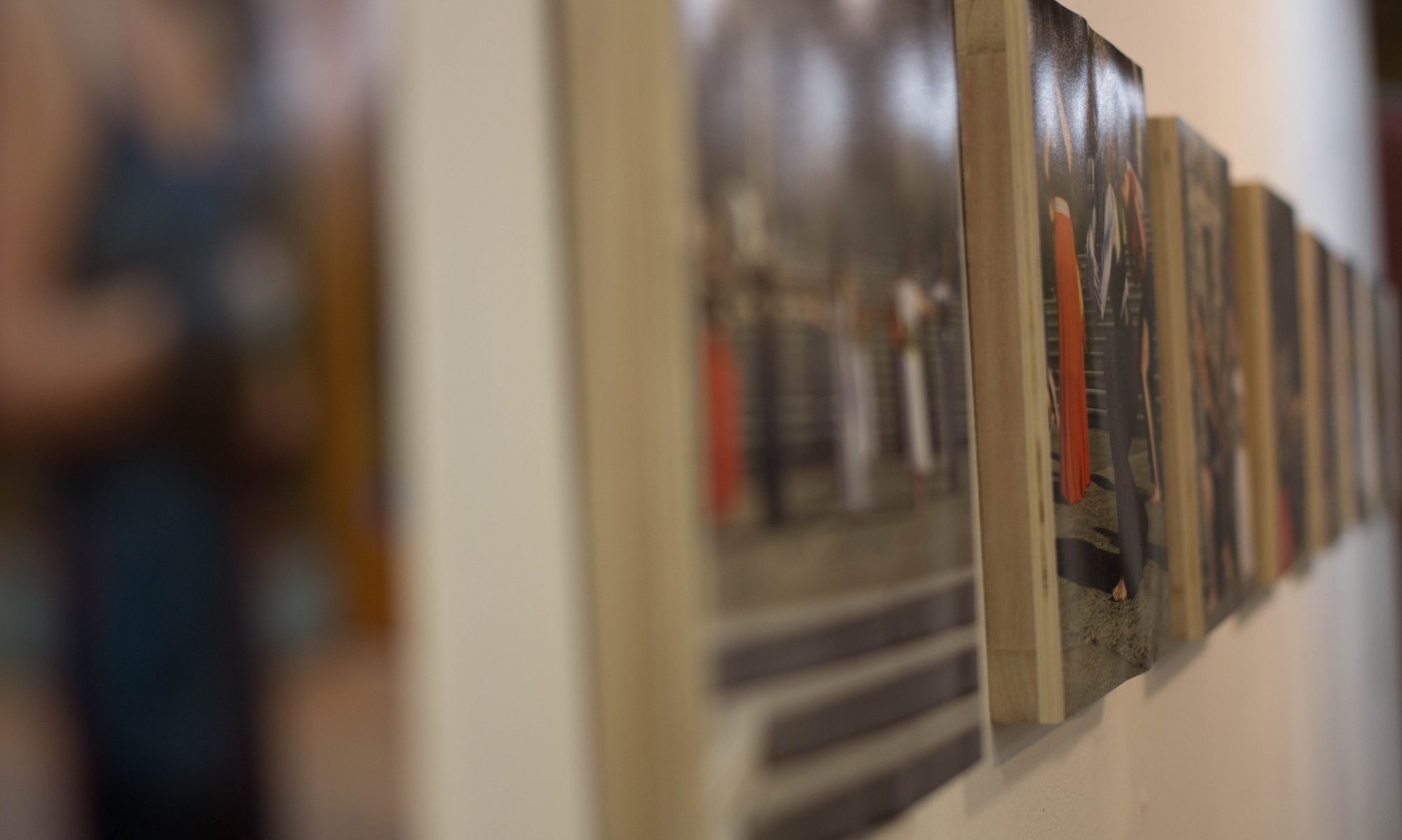Feminism must itself be grasped as an interruption, a mode of transformation, questioning, challenging and opening up futures not yet imagined. Are feminism and the museum, as we know them compatible at any level?
Griselda Pollock, 1988, p. 1

Central to museums and art galleries are images and representations, what feminist cultural theorist Claire Pajaczkowska (2001) calls “the seen [and’ the seen has a complex relation to the unseen. The seen is considered evidence, truth and factual, as sight establishes a particular relation to the reality in which a visual is considered” (p. 2). As sight is the most powerful of the senses, what we see, and what we are shown, and the context in which this is seen and shown, work together to mobilise and shape the veracity and legitimacy of knowing. If something is before our very eyes in a museum or an art gallery, for example, do we dispute its illegitimacy or validity? Are we able to question what is not seen? How do we see beyond the authority of the context and what it shows and thus tells us, to become more conscious of how it limits history, society, aesthetics and even identity?
In particular in museums and art galleries, the ‘seen’ is created by through an historically patriarchal structure and gaze for the most part. Collections were mostly by men, artworks by the masters and histories and stories, the lives of men. Women stand naked in many paintings, but are seldom the exhibited painters; women may be an integral part of the stories of a country, a nation, or a community, but they are all but absent in the displays and dioramas. How can we penetrate galleries’ and museum’s powerful authoritative and problematic gender codifications, narratives and imaginings? How do we create capacities to question, to see and to render visible relationships between museum language and representations and obscure yet controlling patriarchal ideologies? How do we imaginatively disrupt the myths, stereotypes and misrepresentations of women, femininity and even feminism in museum and art galleries? How represented do we feel as women in the museum? What women’s stories are told and what are not? What should an engaged, problem-posing and oppositional feminist museological approach look like?
These are but a few of the critical questions that guided us to consider the challenge and possibility of designing an innovative feminist museum methodological, analytical and pedagogical tool to render visible what post-modernists would call the ‘grand narrative’ of the museum and its implications for gender justice and change. The Feminist Museum Hack combines the central tents of feminist research, adult education and visual analysis. It takes on an overtly political perspective, exploring how women and gender “are shaped in relations of power and invested with interests” (Pollock, 1988, p. xix). It centres on praxis, how feminist theory is or can be practised and embodied within a museum space. Together these create pathways of new socio-gender understanding that are aimed towards new ways of teaching, investigating and acting (e.g. English & Irving, 2015).
The Feminist Hack is an approach to analysing, critiquing, disrupting, and re-writing museum exhibitions and displays of all types. It combines theories and practices from feminist adult education and activism, feminist research, feminist visual and discourse analysis methodologies, taking up both quantitative and qualitative approaches. We have applied the Feminist Hack to a variety of permanent and temporary exhibitions in anthropological, historical, textile, war, and art museums in British Columbia and Ontario, Canada and the United Kingdom. We have explored these sites as researchers and with students, modifying the types of questions we ask and the activities to suit each site. This means The Hack is not fixed or tightly defined; it is a fluid process continually in the making.
